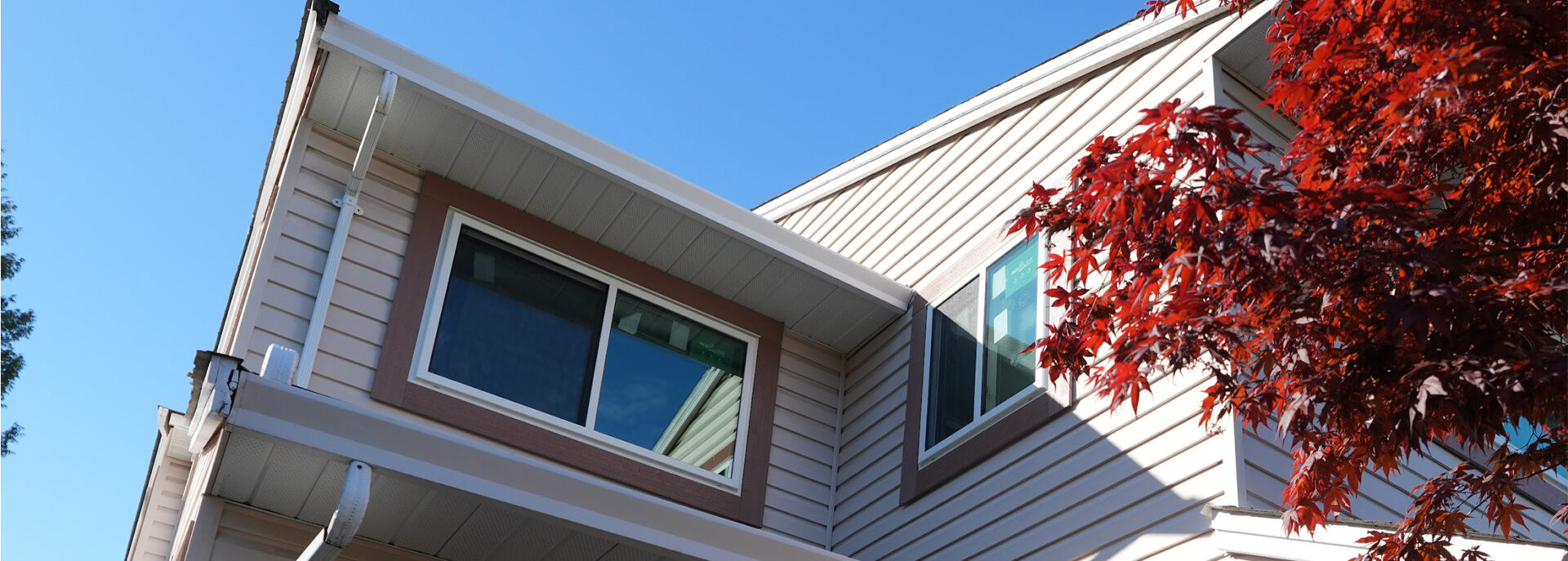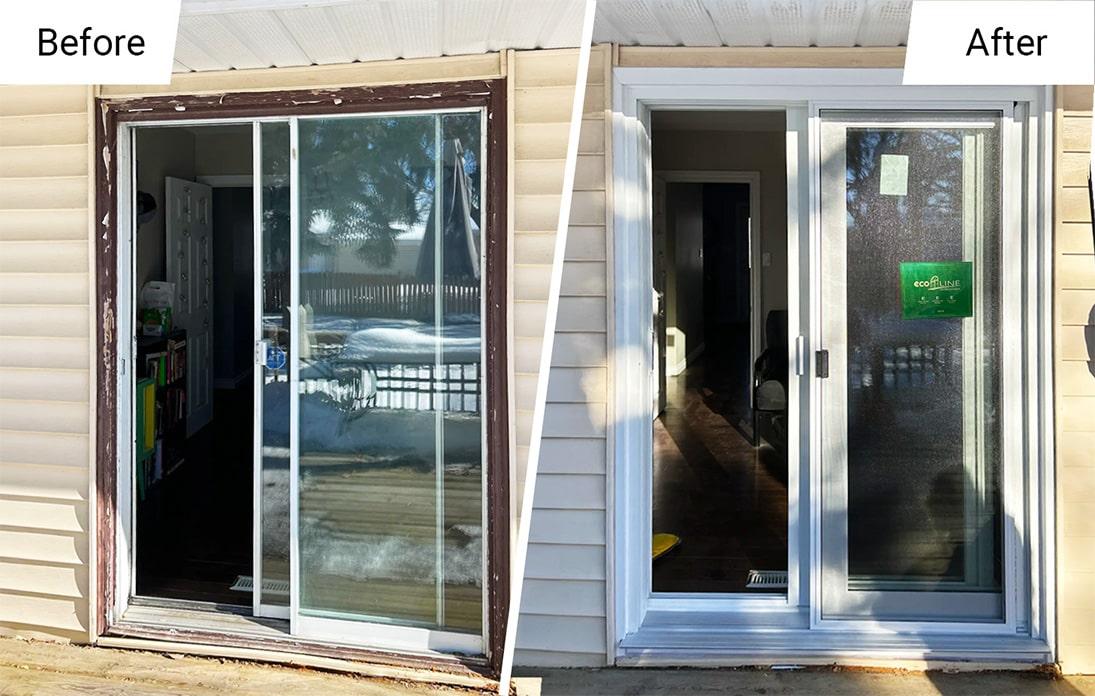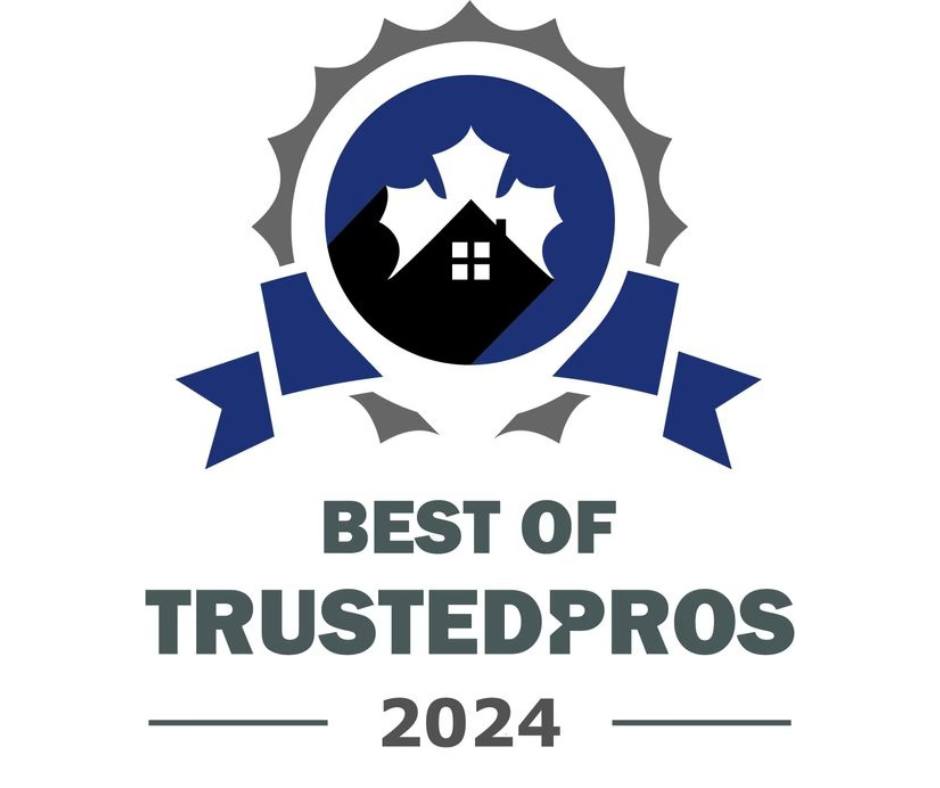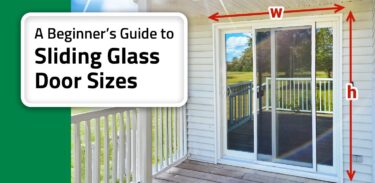

What is NAFS and Its Impact on Canadian Windows and Doors Manufacturers: All You Need to Know in 2025
Mar 3, 2025
8 min read
341
The North American Fenestration Standard, commonly known as NAFS, is pivotal in the Canadian fenestration industry. As homeowners and architects seek the best quality for their projects, understanding NAFS becomes vital.
This standard not only ensures the durability and performance of your new replacement windows & doors but also aligns with the stringent requirements of Canadian building codes.
All renovations requiring permits must have Canadian window and door products tested and labeled according to the new North American Fenestration Standard.
What is NAFS?
The North American Fenestration Standard (NAFS) is a comprehensive set of guidelines dictating how new windows, doors, and skylights should perform in Canada, considering its extreme weather conditions.
Originating from a need to standardize the quality and durability of fenestration products, NAFS has undergone several revisions to serve the Canadian market better.
The most notable shift occurred between NAFS-08 and NAFS-11, and eventually to NAFS-22 significantly changing performance grading and design pressures. For homeowners and architects, this means that products adhering to NAFS are tested rigorously, ensuring they can withstand Canada’s diverse climatic conditions.
As a result, when shopping for new windows or doors and choosing a model labeled with NAFS compliance, you’re installing the best product that meets the highest local industry standards.

Why is NAFS Important For Windows & Doors?
A window replacement market is quite demanding, and choosing the right products might look daunting. That is where NAFS comes in to assure quality and ease your choice. The new standard is better for NAFS windows and NAFS doors for several reasons:
- It gives the consumer more detailed information about product performance.
- Requires windows to be tested to a maximum size – so manufacturers can only label windows that are the same size or smaller than the tested size
- All mulled combinations must be tested and subjected to different performance criteria vs. a single unit.
These changes are good for the industry and the consumer. NAFS is an improved method of classifying the type, class and performance of windows and doors over previous performance standards; greater product testing is needed to achieve these standards, so all manufacturers must re-test their products to show they comply.
Moreover, one of the standout features of NAFS is its unified approach. Instead of having disparate standards for different fenestration products, NAFS provides a consolidated set of criteria, making it easier for suppliers, builders, and homeowners to understand and implement.
Ecoline Windows: NAFS-22-Tested Products
All our windows and doors meet the latest NAFS-22 standard, ensuring superior performance. This updated certification sets stricter performance requirements compared to former NAFS-11 tests, meaning our products withstand harsher conditions while maintaining structural integrity.
Installing Ecoline windows and doors tested by NAFS-22 standards ensures:
- Enhanced energy efficiency
- Superior air infiltration performance
- Maximum water resistance
NAFS Testing and Requirements
The credibility of NAFS in the Canadian fenestration market hinges on its rigorous NAFS testing procedures and the stringent NAFS requirements it sets for products.
- Understanding NAFS Testing: Its comprehensive testing regime is at the heart of NAFS. Whether it’s a window, door, or skylight, each product is subjected to a battery of tests that evaluate its performance under various conditions. From assessing water penetration and air leakage to checking insulation capabilities, NAFS testing ensures that every window or entry door that bears its label is of the highest quality.
- Key NAFS Requirements: Beyond testing, NAFS sets forth a series of requirements that products must meet. These NAFS requirements are not just arbitrary benchmarks but are rooted in scientific research and industry best practices. They cover a range of aspects, from design and material quality to installation procedures, ensuring a holistic approach to product quality.
- Why Testing and Requirements Matter: For homeowners and architects, the NAFS test results and requirements clearly indicate a product’s quality. It’s not just about aesthetics or brand reputation; it’s about tangible performance metrics that guarantee durability, safety, and energy efficiency.
For homeowners considering window and door replacements, getting to know NAFS testing and requirements is crucial. It offers a clear roadmap to selecting compliant products that resonate with the demands of the harsh Canadian climate and architectural landscape.
But at Ecoline, we understand that analysing all these technical aspects might be challenging when shopping for new windows to install. That is why we can assure you that all Ecoline windows and doors are NAFS-11 tested and certified, which indicates the highest quality of our products.
NAFS-08 vs. NAFS-11 vs. NAFS-22 – What’s the Difference?
Over the years, NAFS has seen several revisions, with the most notable being the transition from NAFS-08 to NAFS-11. These versions reflect the evolving needs of the Canadian fenestration market and incorporate the latest industry insights.
The 2008 edition of NAFS, commonly referred to as NAFS-08, first appeared in Canada’s 2010 National Building Code. While various provinces and territories widely adopted this edition, Canada saw the adoption of NAFS-11 in place of the 2008 version pretty soon.
One of the first changes in NAFS-11 is its reorganised structure. The reorganization made the document more user-friendly and introduced performance requirements according to product type, performance class, material, and components.

“NAFS-22” refers to the most recent 2022 edition; the key difference is that NAFS-22 represents a significant update with stricter performance requirements, new product types, and improved harmonization between Canadian and US building codes compared to the older NAFS-11 standard.
As mentioned earlier, all our windows and doors are tested with NAFS-22; therefore, even if they score the same performance numbers, they result from more stringent tests and must be considered superior products.
Overall, while many window and door companies now offer their projects labelled with NAFS-11, getting approved by NAFS-22 tests requires enhanced manufacturing following the highest standards on the Canadian market, which is not so easy to achieve.
Wrapping Up
The North American Fenestration Standard (NAFS) has undeniably reshaped the Canadian fenestration landscape. From setting rigorous benchmarks for product quality to ensuring that every window and door can withstand the diverse Canadian climate, the NAFS standard aims to show the industry’s commitment to excellence.
For homeowners, architects, and suppliers, it offers a clear roadmap to quality, performance, and durability. As the industry continues to evolve, NAFS will undoubtedly remain at its forefront, guiding and shaping its future. When considering window or door replacement projects, choosing products with NAFS certification guarantees the best energy efficiency, durability, aesthetics and compliance with local industry standards.
All Ecoline windows and doors have undergone rigorous NAFS-22 testing and are ready to reshape your home, bringing more comfort, savings and value. Contact us to learn more!
FAQ
What is NAFS, and why is it important for my windows and doors?
NAFS, or the North American Fenestration Standard, is a unified set of guidelines that dictate the quality and performance of windows, doors, and skylights. It makes sure that your new products are safe, durable, and energy-efficient, serving as a testament to their high quality.
How do NAFS-08, NAFS-11 and NAFS-22 differ?
While NAFS-08 laid the foundation and NAFS-11 introduced a more refined approach with new categories for windows and doors, NAFS-22 set even more rigorous standards to test windows and doors and ensure a superior product.
Do all windows and doors need to meet NAFS standards?
In Canada, windows and doors should adhere to NAFS standards to ensure they meet the quality and performance benchmarks set by the National Building Code. This guarantees that the products suit the Canadian climate and living conditions.
What is the NAFS calculator?
The NAFS calculator is a tool designed to help determine the suitability of windows and doors based on various factors like location, building design, and local wind pressures. It simplifies selecting the right fenestration products, ensuring they meet the necessary performance and safety standards for their specific needs.
1750 Coast Meridian Rd #102,
Port Coquitlam, BC V3C 6R8
100, 17866 106A Avenue,
Edmonton, AB, Canada,
T5S 1V3
3307 Dunmore Rd SE #12,
Medicine Hat, AB,
Canada, T1B 3R2
2081 Merivale Rd #201, Ottawa, ON, Canada, K2G 1G9
by appointment only
109 Ilsley Ave Unit #3, Dartmouth,
NS, Canada, B3B 1S8












